|
The ISP Column
A column on all things Internet
|
|
|
|
|
August 2012
Geoff Huston
Once upon a time we thought that the end of the IPv4 phase of the Internet would be relatively quiet and possibly even pass unnoticed. The optimistic thought was that before we were even close to exhaustion of the remaining pool of IPv4 addresses we would've not only started off with the transition to IPv6, but we would've completed it. And having completed the transition, the remaining IPv4 addresses in the unallocated pool would sit there indefinitely, unwanted and unneeded. This grand plan is shown in the figure below.
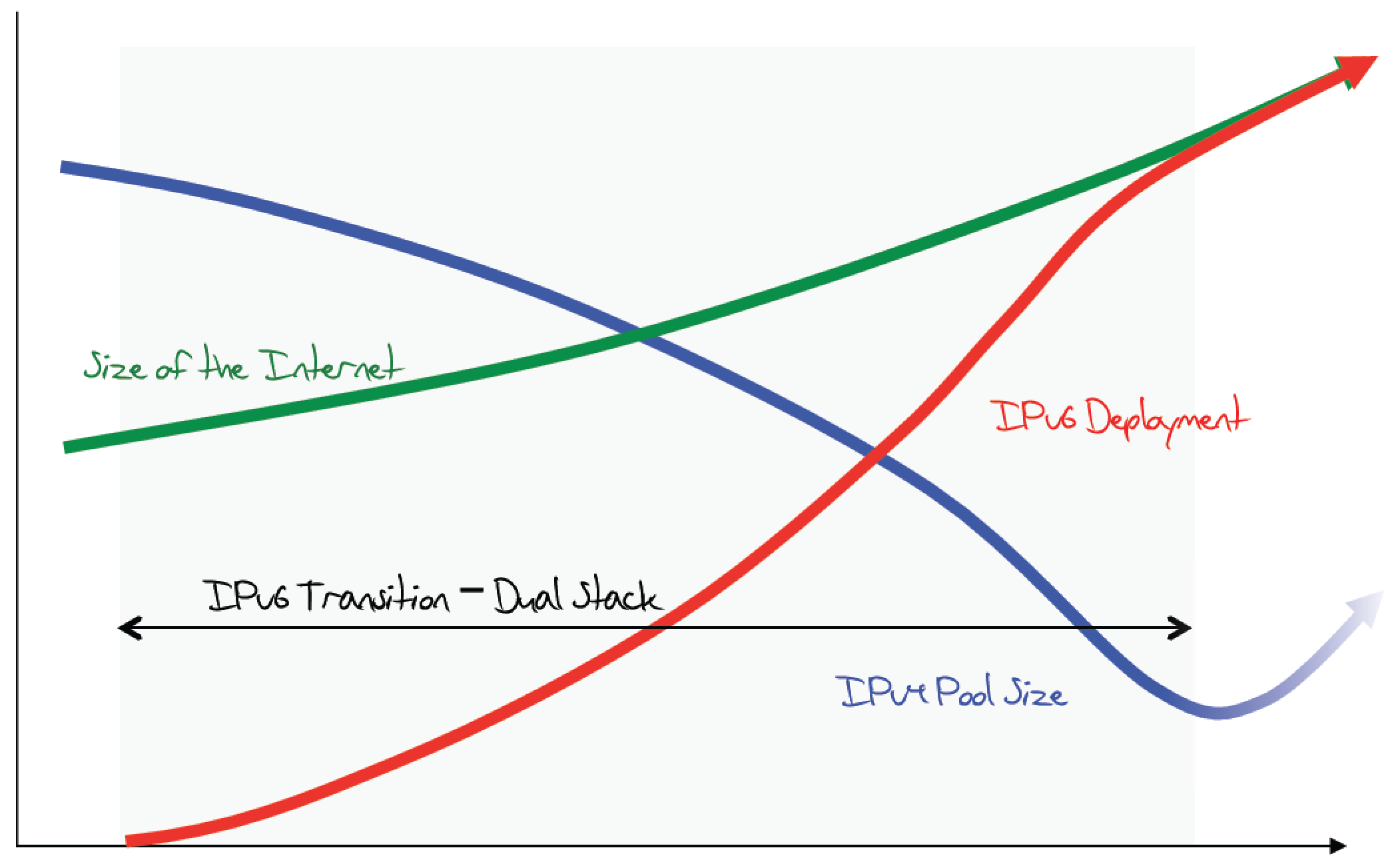
Figure 1 – The original IPv6 transition plan
It was an well-intentioned plan, and if we'd stuck to the script we would've avoided some rather uncomfortable and difficult challenges. But, as it has turned out, the script has been constantly rewritten, and now we are seeing various parts of the unallocated IPv4 address pool run dry and the plan has been rewritten a few times since then.
The prelude to the end of IPv4 occurred on the 3rd February 2011, when Internet Assigned Numbers Authority (IANA) distributed the last of its /8 IPv4 address blocks to the Regional Internet Registries (RIRs). That was the last of the large blocks of IPv4 addresses held by the IANA, and marked the effective end of the central pool of unassigned address blocks in the IPv4 address plan.
Part 1 of the end of IPv4 occurred some 11 weeks later, when on the 19th April 2011 the Asia Pacific Network Information Centre (APNIC) performed its final general purpose IPv4 address allocation, as it had reached its final /8 of free space. From this date APNIC ceased allocating addresses on the basis of demonstrated need, but instead moved to a far stricter regime of allocating no more than 1024 IPv4 addresses (or a /22) to any single entity.
At that stage the other four RIRs still had available IPv4 addresses, but the transition plan was looking less and less feasible. By mid 2011 the overall level of capability for users to user IPv6 was some 0.3% of the total user base, so the momentum for IPv6 deployment was not apparent. The most optimistic version of the IPv6 transition plan now looked a lot like Figure 2. The revised deployment target implied by this plan was to lift IPv6 deployment up from fractions of a percentage point of the total Internet user base to most, if not all Internet users within the ensuring year. If we wanted to avoid heading into a world of network-based address extension mechanisms in the IPv4 internet.
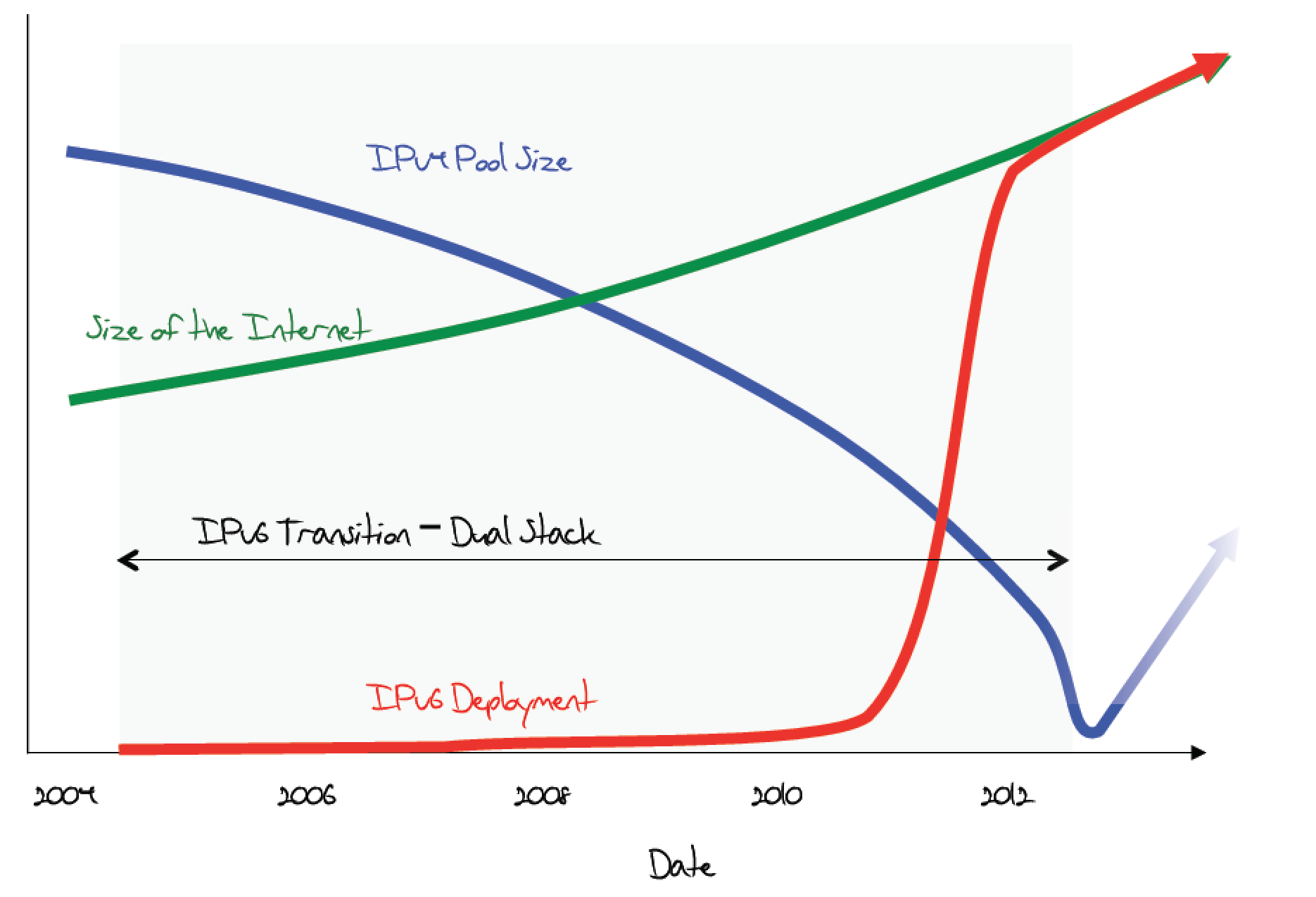
Figure 2 – The optimistic IPv6 transition plan c. mid 2011
Now
A year has passed since then and its time to look at the current status of the exhaustion of the available pools of IPv4, and the related picture of the uptake of IPv6 across the Internet.
There are two metrics that are relevant here. The first is: How are we going with IPv6? The second is: How are the stocks of available IPv4 addresses holding out?
IPv6 Metrics
Lets have a look at the first question, namely progress with the deployment of IPv6. Here the story is not exactly overwhelmingly exciting. The picture from Google's measurement of IPv6 preference by clients of Google's web services in shown in Figure3.
APNIC Labs has also been conducting a IPv6 measurement exercise. This uses slightly different measurement methodology, posing a number of web fetches to users as part of a IPv6 capability test embedded in web pages and advertising material [http://labs.apnic.net/measureipv6/]. In absolute terms the number of users who prefer IPv6 is lower than that seen by Google, but the recent growth in users showing IPv6 preference (presumably in response to a number of significant access ISPs rolling out IPv6 services as part of World IPv6 Launch [http://www.worldipv6launch.org]) is also evident in both measurement series.

Figure 3 – Google's IPv6 measurements [http://www.google.com/ipv6/statistics.html]
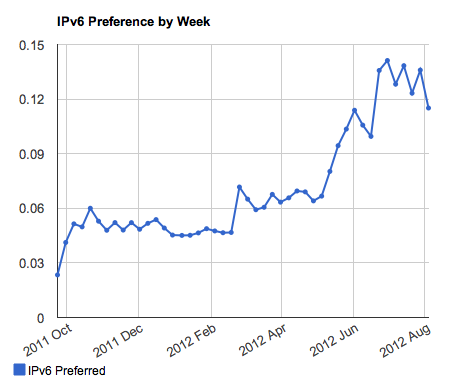
Figure 4 – APNIC's IPv6 measurements [http://labs.apnic.net/ipv6-measurement/Regions/001%20World/]
Either way, a figure of less than 1% of the Internet's user base using IPv6 by preference is a low number, and while there has been a fourfold increase in the penetration of IPv6 in the Internet over the past 12 months, it not enough to avoid some of the major pitfalls associated with encountering IPv4 exhaustion while still trying to support sustained growth in the Internet.
With reference to the revised transition plan to Ipv6 we are still some ways away from what could best be described as a critical mass of IPv6 use in today's Internet.
IPv4 Metrics
The related measurement is one of looking how long we have with the remaining stocks of available IPv4 addresses.
The reaction to the IANA exhaustion event in ARIN and the RIPE address policy communities has been to adopt a slightly more conservative address allocation policy, allocating addresses on the basis of demonstrated need over a forthcoming 3 month window, rather than the previous 12 month allocation window. This has had quite different results in the two regions.
In the region served by ARIN, North America and parts of the Caribbean, the results of this policy have, so far, been quite unexpected. Post February 2011 the ARIN address consumption rate has slowed down quite markedly, and the recent allocation rate in ARIN is far lower than the average allocation rate in the three year period from the start of 2008 to the end of 2011. At the same time the data services shows some discontinuities, corresponding to times of significantly large address allocations. Figure 5 shows the ARIN allocation data since 2008, with a curve fit to a linear and a first order polynomial model. Neither curve appears to show a highly satisfactory correlation to the data series.
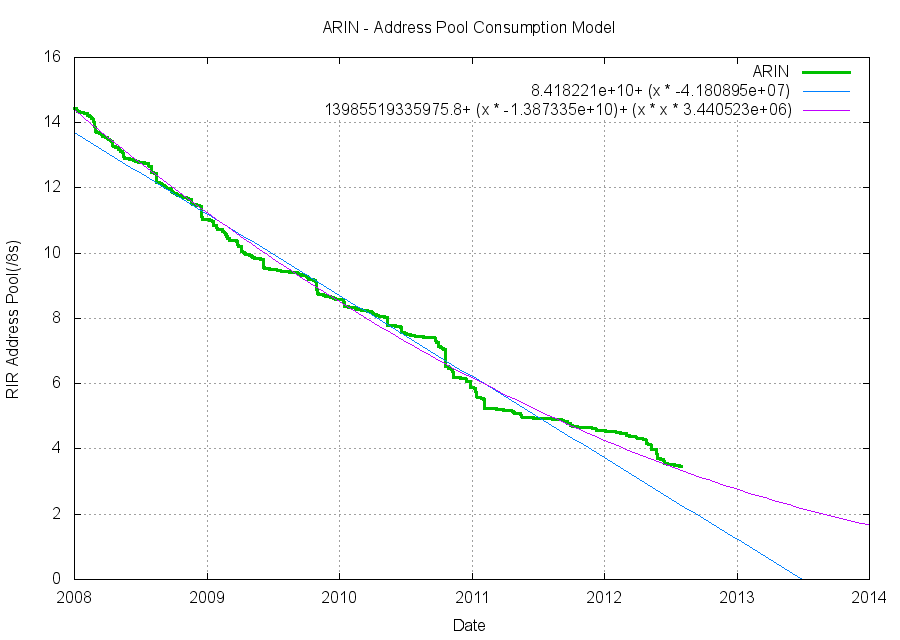
Figure 5 – ARIN's Address allocation statistics: 2008 to present
ARIN is probably not about to exhaust its stocks of IPv4 addresses any time soon, or at least probably not this year. The story is different for the RIPE NCC. The change in allocation policy has made no visible impact on the address allocation trends for the RIPE NCC, and the address consumption rates in the past 18 months when the 3 month allocation window has been in effect is virtually unchanged from the trends of the previous 3 years, as one would expect.
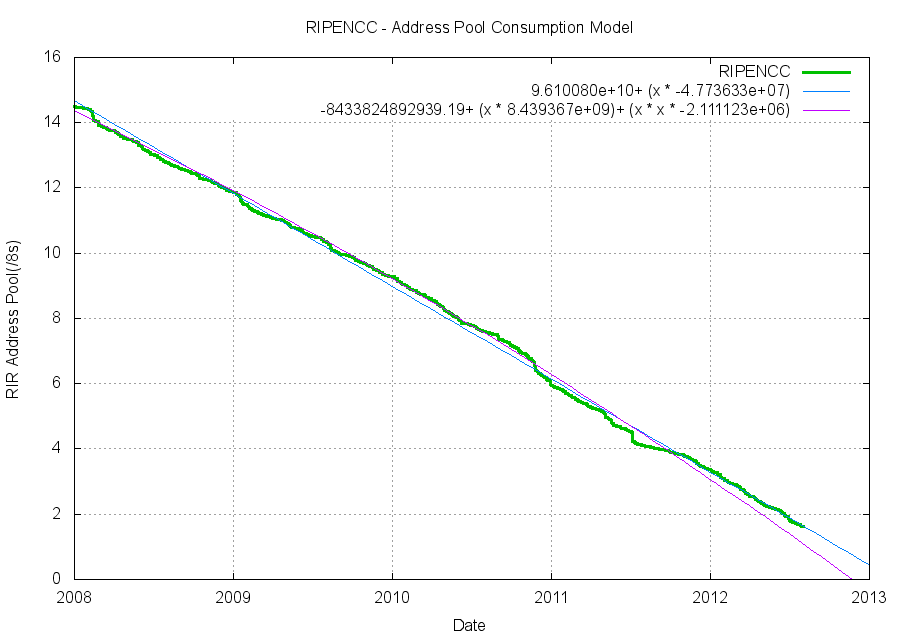
Figure 6 – RIPE NCC's Address allocation statistics: 2008 to present
The RIPE Network Coordination Centre (RIPE NCC) is in line to exhaust its general allocation pool of IP addresses in the coming weeks, and then switch over to a "last /8" address allocation framework for the remaining 16,777,216 addresses held by the RIPE NCC. So we are about to witness part 2 of what is becoming a very protracted end of the IPv4 Internet.
IPv4 Address Consumption at the RIPE NCC
What do I mean by "in the coming weeks?". How is this prediction made?
It's often the case that future is built upon the foundations of today, and understanding the recent past is important to constructing a plausible model of the future. What has been happening in Europe?
It's true that the financial woes in a number of European economies have had a large impact. Consumer confidence in many European economies could hardly be described as "buoyant". Indeed, in some economies even the term "consumer confidence" seems to be an oxymoron. Demand for the latest and greatest in consumer products is slowing in many markets, and the confidence of the service providers to borrow capital to grow the underlying infrastructure is also waning at the moment. The overall environmental considerations appear to be well below the levels pre-2008 and even below 2011.
Can we quantify this in the address allocation statistics?
In 2011 the RIPE NCC recorded some 4823 individual address allocation blocks, or some 402 allocations per month. In the year to date for 2012, from 1 January 2012 to 31 July 2012 the RIPE NCC recorded some 3324 individual address allocations, or some 474 allocations per month on average.
In terms of addresses, in 2011 the RIPE NCC allocated some 43,183,424 addresses, or 3,598,619 address per month on average. The equivalent metric for the first seven months of 2012 is 29,288,616 addresses, or an average of 4,184,088 addresses per month. Despite the continuation of a severe downturn in the business cycle in this region, the level of address allocation activity in 2012 is some 15% - 20% higher than the average level of address allocation activity in 2011
How many addresses are left in the pool of addresses managed by the RIPE NCC?
As of the 31st July the RIPE NCC has 27,120,096 addresses in its managed pool. Of these addresses, some 1,648,384 are marked as "reserved" by the RIPE NCC, which is indicating that this set of addresses are not available for general allocation. That leaves a pool of 25,471,712 addresses available for allocation. The RIPE NCC has a "last /8 policy" that alters the allocation policy for this final address block to a far stricter allocation regime. That implies that there are some 8,694,496 addresses left for general purpose allocation as of 1 August 2012.
A simple back of the envelope calculation is that at a continued average allocation rate of 4,184,088 addresses per month, the pool of 8.7M addresses will be consumer in 2.07 months, or on the 3rd of October 2012.
What's the degree of confidence in this date?
It's not exactly within a one or two day interval.
The reason for this uncertainty in the prediction lies in the skew in the data set. Just 1% of the allocations, or 35 allocations out of 3,324 were allocated almost half of the 2012 allocated addresses (43%, or 12,582,912 addresses). The largest 3 allocations consumed some 3 million addresses, or 10% of the total allocated address volume. This distribution of demand across the RIPE NCC's client base leads to observation exhaustion of the RIPE address pool is not dependant on the actions of some 5,000 entities (or Local Internet Registries, (LIRs) tio use RIPE's terminology) who may be requesting address space in the coming weeks, but it is critically dependant on the actions of a far smaller pool of some 50 or so largest entities. If all 50 of these largest LIRs were to request a further 3 month requirement of IPv4 addresses in the same week, then the RIPE NCC's remaining IPv4 address pool would be exhausted. Predicting the average behaviour of a large pool of relatively uniform entities is the bread and butter of statistical analysis. Using the small statistical tools to predict the behaviour of a far smaller set of entities who exhibit a relatively wide diversity is a far more challenging proposition.
So can we provide some analysis of the variance of this prediction of 2 months and 3 days until; the RIPE NCC reaches its last /8 of available addresses? One way is to analyse the allocations performed for the first seven months of this year and calculate the probability if an allocation of any particular size occurring on any individual day.
This yields the following probability table of daily allocations performed by the RIPE NCC on a weekday:
| Address Size | Probability of Allocation | |
| /12 | 1.9% | |
| /13 | 3.2% | |
| /14 | 16.3% | |
| /15 | 15.7% | |
| /16 | 48.3% | |
| /17 | 41.8% | |
| /18 | 60.1% | |
| /19 | 123.6% | |
| /20 | 160.7% | |
| /21 | 665.3% | |
| /22 | 186.2% | |
| /23 | 245.7% | |
| /24 | 594.1% |
Table 1 – Profile of RIPE NCC's Address Allocations in 2012
The next step is to simulate the future by determining the distributions of allocated prefixes on any day by randomly spinning the wheel for each allocation size. The following distribution of possible exhaustion dates was obtained from undertaking 10,000 simulations of allocation scenarios using random selections of these probability values. Figure 7 shows that while the week of the 3rd of October is the most likely time when RIPE will undertake its last general use IPv4 allocation., the data would be as early as the 31st August or as late as the 12th November. The mean of this spread is the 5th October, and the standard deviation is 10 days, so that there is a 68% confidence interval that exhaustion will occur between the 25thSeptember and the 15th October.
This assumes that nobody panics, and the consumption of addresses continues at the same rate as the average rate over the previous seven months. What if there is some form of last second rush on the remaining pool of addresses in the final weeks? This is somewhat challenging to model, as such a rush in demand could take many forms. I have experimented with this predictive model by gradually increasing the probability of assignment for all address allocation sizes in a linear fashion over the simulated time. The situation being modelled in this manner is that both large and small LIRs increase their address request rates as the remain IPv4 address pool dwindles, and that this increase continues right through until exhaustion of the address pool. The spectrum of outcomes of this form of accelerated demand over 10,000 simulations is shown in Figure 8 below.
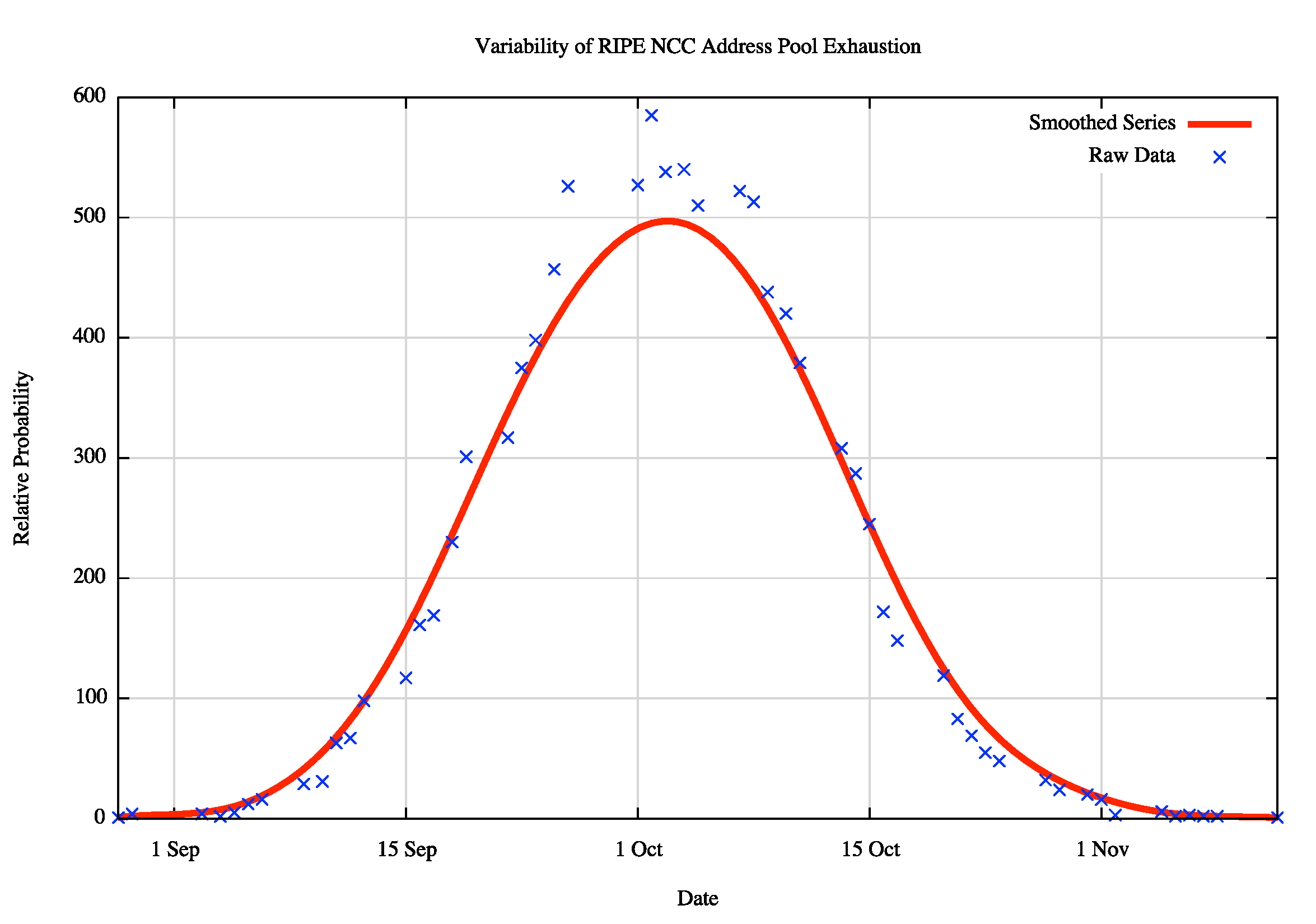
Figure 7 – RIPE NCC's Address Exhaustion Variance Profile
With a modest accelerating demand profile being used for both large and small LIRs the simulation generates a projected exhaustion date of the 20th September with a standard deviation of some 8 days.
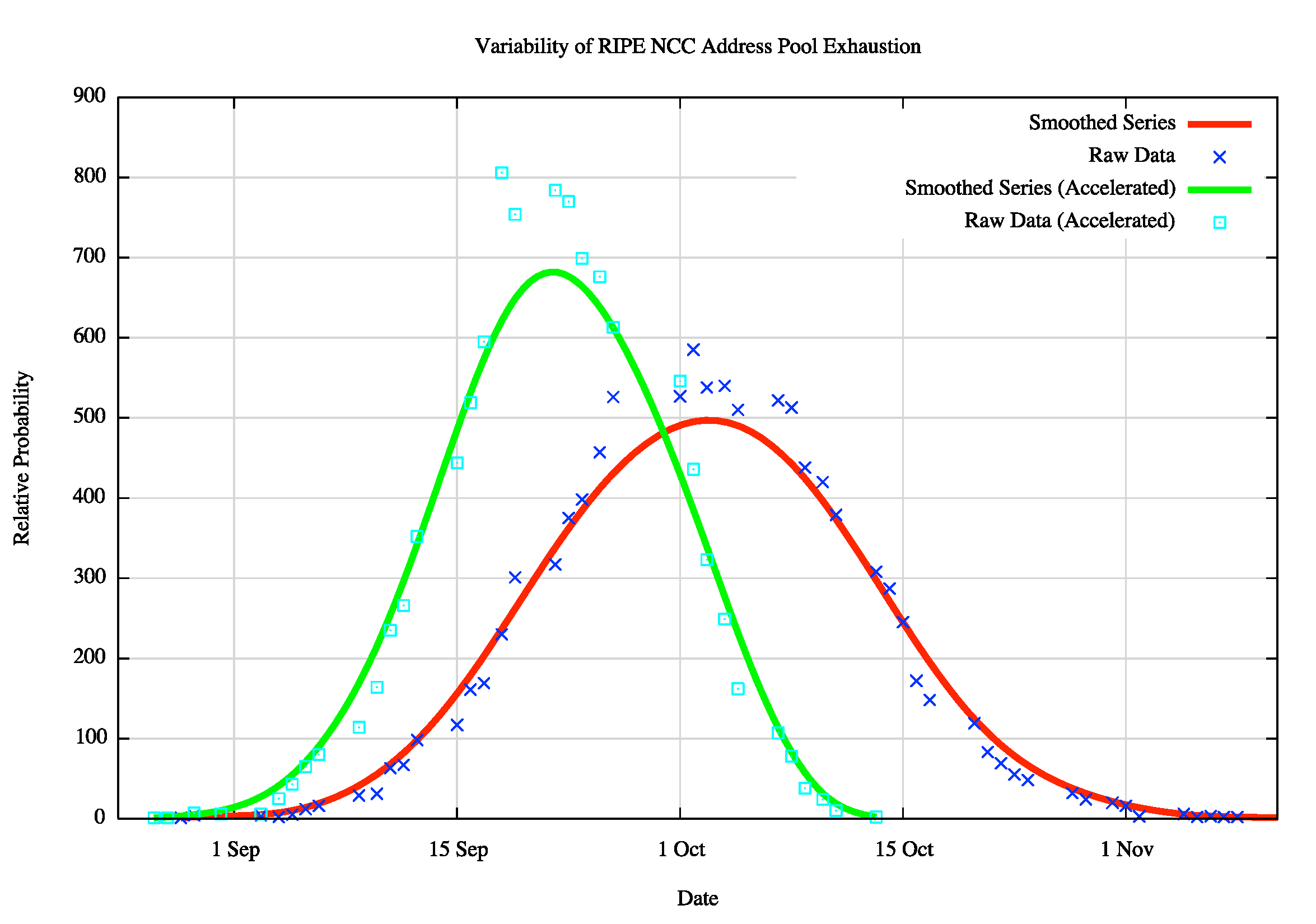
Figure 8 – RIPE NCC's Address Exhaustion Variance Profile with Accelerating Demand
The End, Part 2
While the number of predictive models that could be constructed is perhaps limited only by one's imagination and the size of the statistical toolbox at head, the underlying message is rather clear: The available pool of available IPv4 addresses held by the RIPE NCC will last for another two months. Or thereabouts!
And what about the overall plan for the IPv6 transition?
That unfortunately is not going to happen in the manner we originally envisaged. The course of this large scale transition of the Internet is, at the moment, extremely difficult to predict.
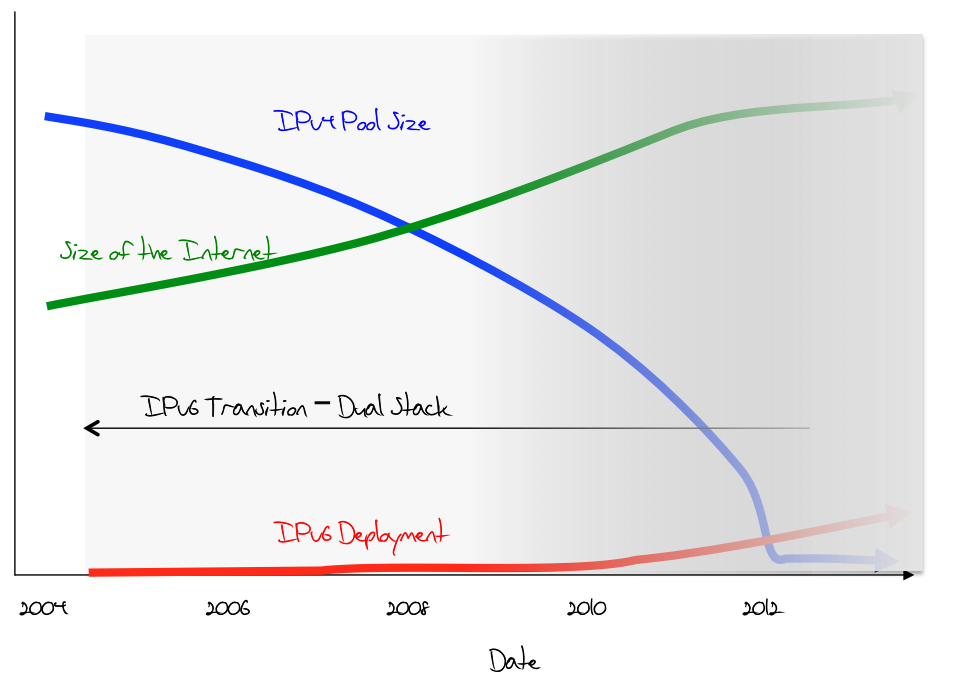
Figure 9 = The IPv6 transition plan c. mid-2012
Postscript: Some Reservations
2 August 2012
After putting this article on my blog feed yesterday I was asked by Tore Anderson whether my exclusion of the current marked "reserved" address space was appropriate in these circumstances. He has pointed out to me that most of the address space marked as "reserved" is returned address space being held in reserve for a short time in "quarantine" prior to assignment, with the exception to this general characterization of "reserved" address space being the block is 151.216/13, which is evidently permanently reserved for temporary assignments. [http://lists.ripe.net/pipermail/ncc-services-wg/2012-May/001656.html].
What happens when all bar the/13 of this currently marked as reserved address space is included into the available pool of space to use for allocations?
Under the same set of simulated conditions, the most likely date for exhaustion is Friday 12th October, with a similar standard deviation of 10 days, as shown in Figure 10.
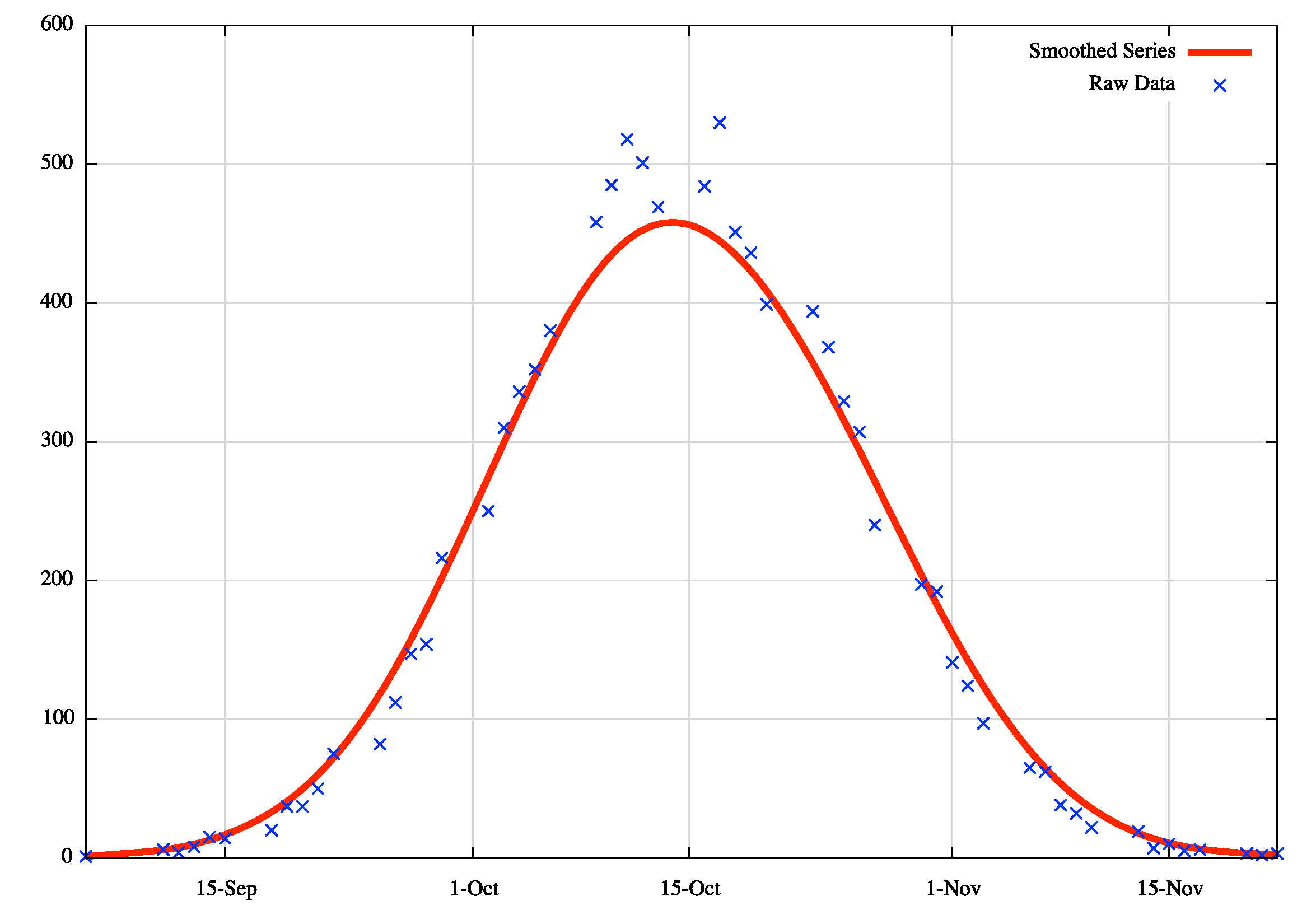
Figure 10 – RIPE NCC's Address Exhaustion Variance Profile (incl. "reserved" space)
Again, if we also include a factor of accelerating demand as the pool of address space gets smaller this will alter the projected exhaustion date to the 1st October 2012, with a standard deviation of 7 days, as shown in Figure 11, below.
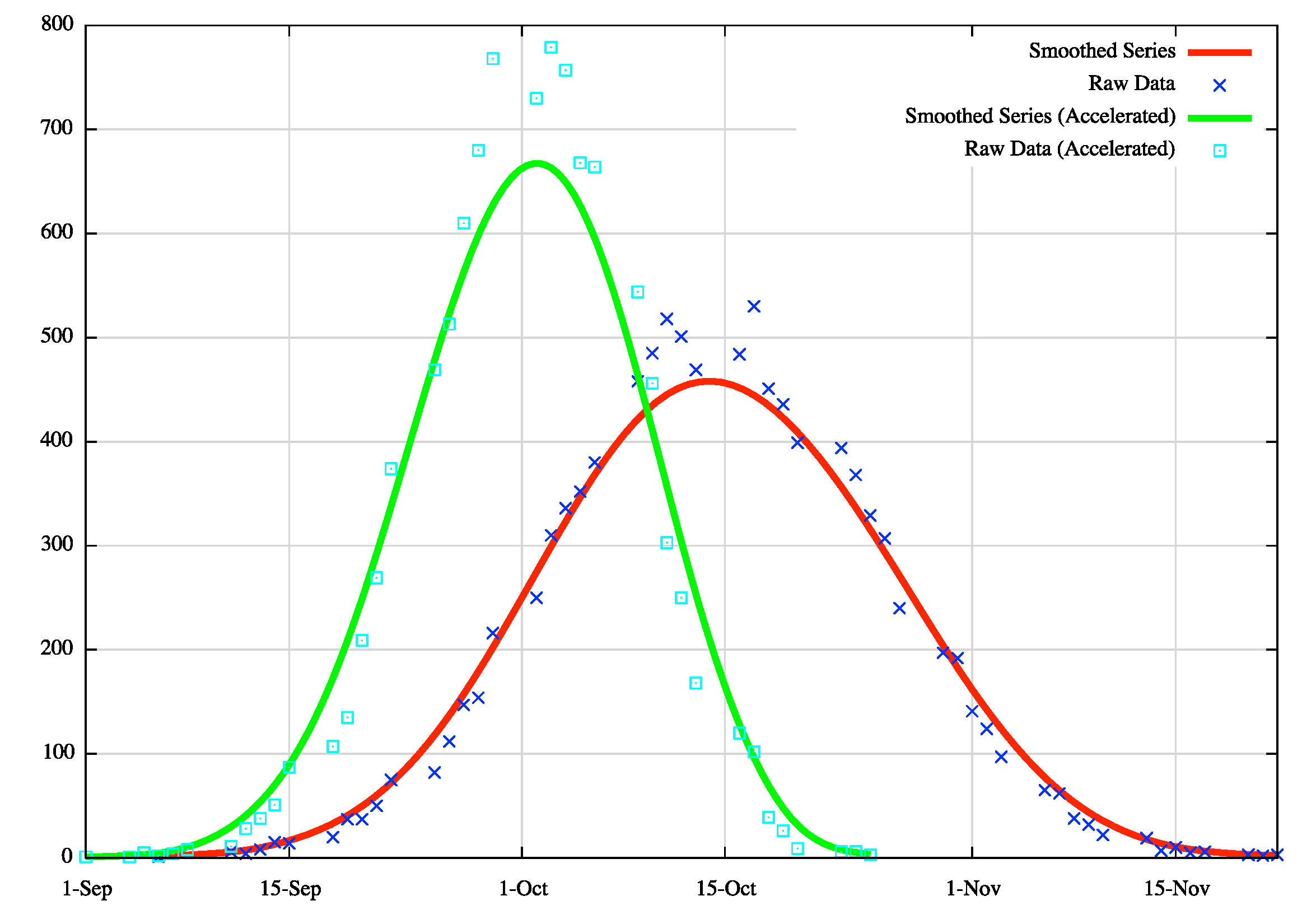
Figure 11 – RIPE NCC's Address Exhaustion Variance Profile (incl. "reserved" space) with accelerating demand profile
![]()
Disclaimer
The views expressed are the author’s and not those of APNIC, unless APNIC is specifically identified as the author of the communication. APNIC will not be legally responsible in contract, tort or otherwise for any statement made in this publication.
![]()
About the Author
GEOFF HUSTON B.Sc., M.Sc., has been closely involved with the development of the Internet for many years, particularly within Australia, where he was responsible for the initial build of the Internet within the Australian academic and research sector. He is author of a number of Internet-related books, and has been active in the Internet Engineering Task Force for many years.